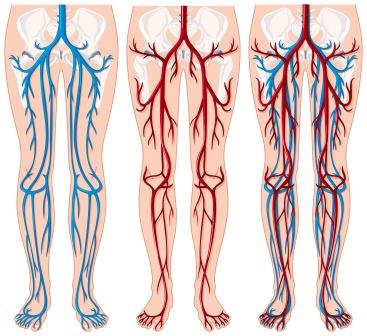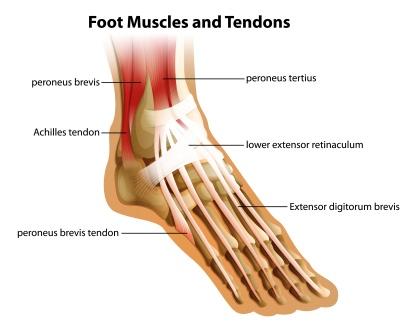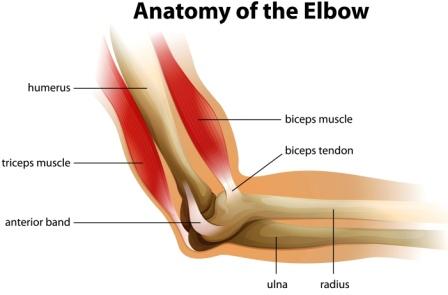Upadhatu Of Rakta: Sira, Kandara – Sub Tissues Of Rakta
Article by Dr Raghuram Y.S. MD (Ay) and Dr Manasa, B.A.M.S
Siras (blood vessels, veins) and Kandaras (tendons – the tissues which allow the attachment of a muscle to a bone) are the upadhatus or sub-tissues of Rakta dhatu (Blood tissue)

Sira
सरणात् सिरांसि।(सु.शा)
द्रुम पत्र सेवनीनाम् इव तासाम् प्रतानः।(सु.शा)
That which allows flow (of blood and doshas) or that in which the flow occurs (of blood and doshas) i.e. ‘sarana’ is called sira. They are the upadhatus of rakta dhatu.
The siras are spread allover the body, similar to veins of a leaf.
According to the Vedas, the Sira is defined as channel that carries the impure blood and dhamani carries pure blood.
Chakrapani, the commentator of Charaka Samhita further states that the Siras communicate to various (peripheral) parts of the body. According to Gangadhara (commentator of Charaka Samhita), Siras carry Rasa and other dhatus (tissues) of the body.
Sushruta enumerates 700 siras in the body. The classification of siras is as mentioned below –
- Vaatavaha siraas (Siras which carry Vata) = 175 in number
- Pittavaha Siraas (Siras which carry Pitta) = 175 in number
- Kaphavaha Siraas (Siraas which carry Kapha) = 175 in number
- Raktavaha Siraas (Siraas which carry rakta) = 175 in number
Sushruta enumerates them as 700 in number spreading all over the body just as the veins of a leaf are distributed all over its surface.
According to Sushruta, Nabhi is the place of origin for the Siras. From there they are distributed in all the directions. All the Siras of the body are connected to the Nabhi and are distributed as a network throughout the body. The Pranas are located at the site of Nabhi and are associated with it. The Siras are radiating from the Nabhi like spokes from the center of a wheel.
Siras are often compared to the blood vessels, mainly veins, which carry the blood towards the heart.

Kandara
Kandaras – tendons
महत्यः स्नायवः प्रोक्ता कण्डरायाः तु शोडषः।(भा.प्र)
Large shaped / sized Snayus (ligaments) are called Kandaras.
They are 16 in number. Their distribution is as follows.
- 4 in paada (upper limb)
- 4 in hasta (lower limb)
- 4 in greeva (neck)
- 4 in Prushta (back)

Kandaraas can be compared to the tendons or fasciae. Tendons are many in number (hold good with number of muscles as they are continuations of muscles and help the muscles to get attached to the bones). Therefore Kandaraas can be closely compared to fasciae, but the term is controversial and has been presented with different opinions.
Click to Consult Dr Raghuram Y.S. MD (Ayu)








